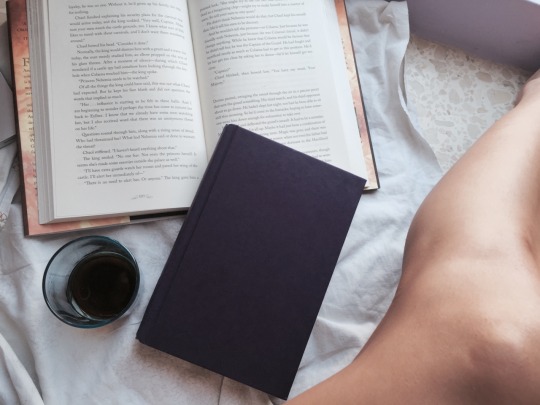For us students, Sunday is universally hated day. Full of last minute homework assignments, cramming for tests and existential crises, Sundays are almost always awful. Nothing is worse than having a stressful start to your week so in an effort to make things easier for all us, I made a Sunday Checklist for you get your life in order on Sundays so that you don’t get swept away by your mountain of responsibilities.
Pull out your planner: Enter in all test dates and due dates that haven't already been inputed. Check to see what you have going on that week.
Make a to-do list: Include all assignments due Monday/Tuesday and anything else you need to get done. Highlight or mark high priority items and get them done first.
Start working: Finish high priority assignments first and then move on to the less pressing tasks. Use the Pomodoro technique to keep yourself productive.
Review material: After finishing your assignments, spend some time reviewing last week’s material for each class to refresh yourself. It’s easy to forget what you’re studying if you don’t touch your textbooks at all during the weekends.
Clean out your bag: Empty your backpack and reorganize everything for the week. You’ll be amazed at how much trash and stray papers you’ll find.
Make food for the week: If you’re like me and hate cafeteria food, make a few dishes and refrigerate them for the week. Pasta is an ideal choice for me because its not only fairly easy to make but it packs lots of calories for long school days.
Pick out your outfits for the week: Doing this will make your morning so much easier because literally all you have to do is get yourself dressed.
Laundry: Getting laundry done during the week usuall
y never happens with a busy schedule so get it done on Sunday night so you’re not scrambling for clothes mid-week.
Clean your room: Keep your sanity during week by tidying your room up during weekends so you’re not left wondering where that homework assignment disappeared to.
If you find yourself having really busy weekdays, try your best to keep Sundays free of any commitments so you have a full day to get all your homework and studying for the week done! I usually get everything done on Sundays and do minimal studying during the week. Also push yourself to get up early on Sundays; I know its tempting to sleep in but you will be surprised at how much more time you have in your day when you wake up early.
Here’s to a happy school year free of stress!



